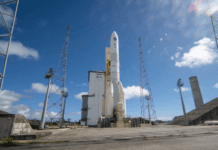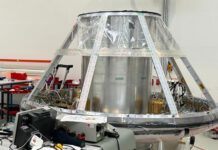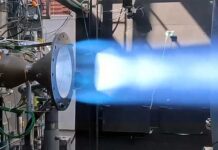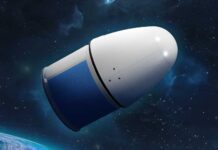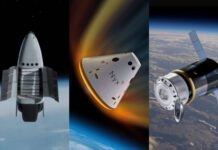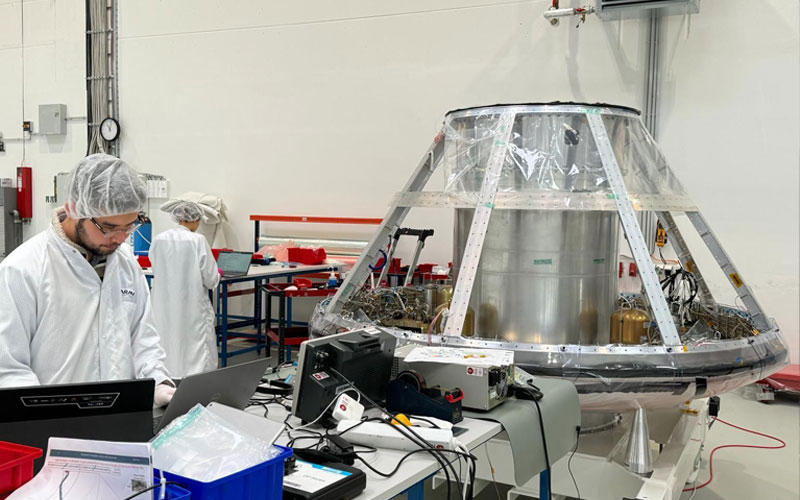
The Exploration Company has announced that its Mission Possible demonstration flight will not occur in 2024 as previously expected.
In an interview with Bloomberg on 8 March, CEO Hélène Huby explained that the company’s inaugural demonstrator mission, dubbed the Bikini Demo, is slated for a mid-June launch. This will precede the 2025 launch of Mission Possible, followed by the anticipated 2027 maiden voyage of a full-scale Nyx spacecraft to the International Space Station.
At the beginning of 2023, The Exploration Company had targeted as early as October 2024 for the launch of its Mission Possible demonstrator aboard a SpaceX Falcon 9 rocket. By the end of 2023, the company was stating that it would be launched by late 2024. During her interview with Bloomberg, Huby explained that the delays were not of their own making.
The company’s first demonstration mission had initially been expected to be launched aboard the maiden Ariane 6 flight in 2023. However, after the flight was delayed until 2024, The Exploration Company made the decision to move its Bikini demonstrator to an ISRO PSLV-XL rideshare mission in an effort to complete the flight as soon as possible. According to Huby, this flight is expected to take place in mid-June. With the maiden flight of Ariane 6 expected to take place between late June and early July, the company appears not to have gained much by the shift. However, the delays have meant that the company has been forced to split its efforts when it had planned, at this stage, to be solely focused on its second demonstration mission.
During the Bloomberg interview, Huby also revealed some insight into why the company chose to perform multiple demonstration missions before attempting the maiden flight of its Nyx spacecraft.
“If you say to VC, I need one billion, and then you need to wait for ten years, I’m not sure you’ll find a lot of investors,” said Huby. “If you say, I have a 1.0 vehicle, a 2.0 vehicle, and then a final vehicle, it’s easier because people can see that you make progress, that you see to your costs and your planning. It creates trust. And then you can leverage for further investment.”
To date, The Exploration Company has raised approximately $70 million to develop its reusable Nyx spacecraft. According to Huby, the cost of developing a vehicle capable of ferrying cargo to and from space can range from $300 million to $400 million.

